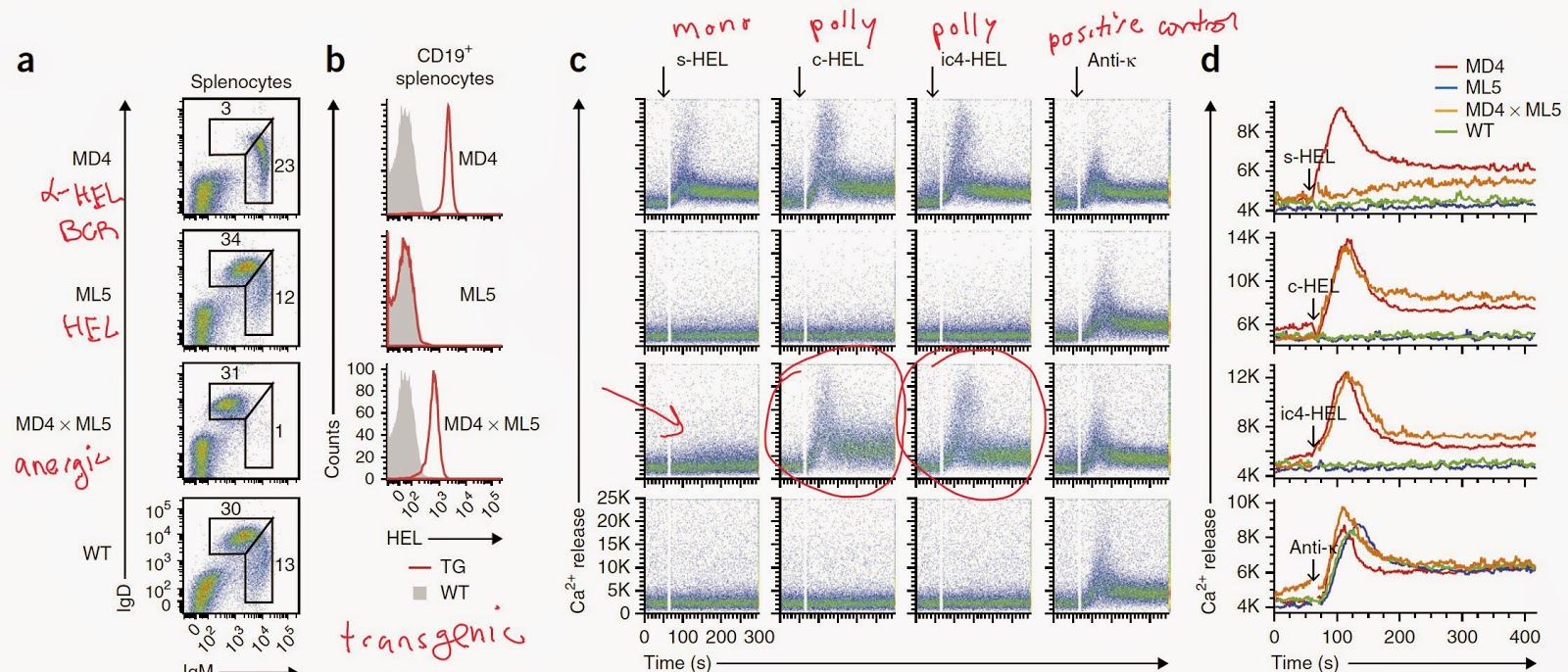Efficacy of solid cancer immunotherapy mostly depends on effector activity of T cells. Initially, CD8 T cells were thought to mediate primary anti-tumor activity. However, for the past 15 years, growing evidence pointed to a stand-alone CD4 T cell role in cancer protection.
This new paper in journal Nature provided another example of CD4 T cell specific tumor protection. Strangely, the authors' data suggest that in silico generated MHC class I and II binding mutant epitopes reciprocally activated CD4 and CD8 T cell tumor responses, respectively.
Using three different mouse tumor models, the authors showed that surprisingly mice immunized either with MHC class I binding cancer-specific mutant 27-mer peptide + polyI:C or with MHC class I binding mutant epitope-encoding RNAs, generated predominantly CD4 T cell immunogenic response.
One of the cancer epitope (B16-M30) encoding RNA even induced fully CD4 T cell-dependent 80% protection of cancer bearing mice.
Strangely, when the authors designed RNAs encoding several MHC class II binding mutant epitopes in combination with one class I binding epitope (synthetic RNA pentatope), anti-tumor protection was CD8 T cell-dependent.
Even more strangely, when the authors designed RNA pentatopes with only MHC class II binding epitopes (based on in silico algorithm and expression level), anti-tumor protection was also CD8 T cell-dependent.
In summary, the authors showed that tumors carry multiple (sometimes hundreds) of mutations that can specifically bind to MHC class II molecules. However, why were epitopes selected based on prediction to bind class I molecules induced CD4 T cell-dependent anti-tumor response (and vice versa for class II epitopes and CD8 T cells) are not clear.
David Usharauli

























.png)
.png)





